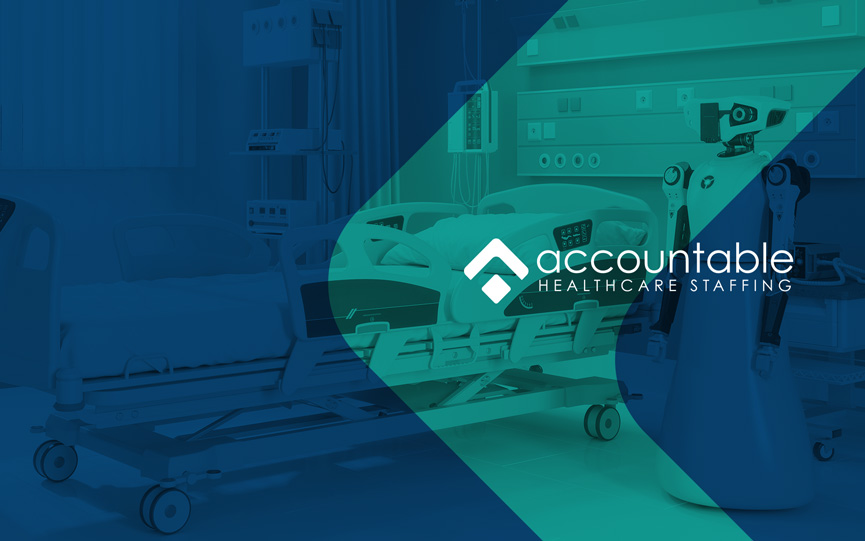Medical robots are increasingly taking on both grunt work and high-skill tasks as clinicians integrate automation into rehabilitation, patient monitoring and surgery.
While robots are often seen as threats to workers, most robots designed for healthcare settings are created to support employees and improve their efficiency and productivity, clinicians and manufacturers said.
At hospitals such as Cedars-Sinai Medical Center in Los Angeles and Mary Washington Hospital in Fredericksburg, Virginia, devices from Diligent Robotics deliver lab samples, medications, lightweight equipment and other materials so employees don’t have to.
“Moxi is a robot that works alongside clinicians as a teammate,” Diligent Robotics CEO Andrea Thomaz said. “The robot is designed to fit in the hospital environment in a seamless way and be able to deal with the messy dynamics you find in a busy human environment.”
By incorporating robots into the workflow, clinicians and nurses can save 15 to 30 minutes on certain tasks and have more time to spend on patient care, Thomaz said.
Diligent’s robots don’t require extra infrastructure, such as special doors or elevators, to navigate hospitals, Thomaz said. The devices are equipped with computer vision and machine learning so they can traverse the existing environment, which eases implementation, she said.
Rutgers University uses robotics for cardiac ultrasound imaging, said Dr. Partho Sengupta, chief of cardiology at Rutgers Robert Wood Johnson Medical School and hospital in New Brunswick, New Jersey. This eliminates the need for a sonographer to continuously hold a probe on patients for up to an hour, he said.
Robots enable sonographers to perform examinations remotely by controlling the probe with a mouse, joystick or keyboard, Sengupta said. This also saves them from unnecessary radiation exposure and physical strain, he said. In addition, the scans can be performed remotely in facilities that don’t employ sonographers.
“Maybe in the future, it could open up next to a Walgreens or Walmart and that patient would see a doctor on a telemedicine kiosk and then have an ultrasound examination done remotely without having to drive to appointments and take time off from their life,” Sengupta said.
Medical robotics companies believe the key to market growth is continuously improving technology and generating more research that demonstrates the benefits of automation, including standardization, efficiency and accuracy, said Rich Russo Jr., chief financial officer and interim CEO of BIONIK Laboratories.
BIONIK, which sells a robotic arm designed to improve mobility in rehabilitation patients, is counting on providers, payers and patients to accept the proposition that these devices can be an economic and clinical boon, Russo said.
Robots helped Mercy General Hospital in Sacramento, California, perform more procedures on an outpatient basis and to reduce complications such as blood loss and postoperative pain while achieving the same clinical outcomes as a typical laparoscopy, said Dr. Wiley Fowler, who chairs Mercy Medical Group’s surgical specialties department.
Despite the impact of COVID-19 on elective surgeries and hospital finances, the medical robotics market is expected to grow from $5.9 billion in 2020 to $12.7 billion by 2025, according to a report research firm MarketsandMarkets published two years ago.
